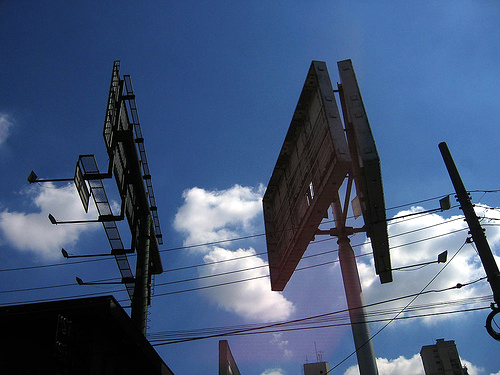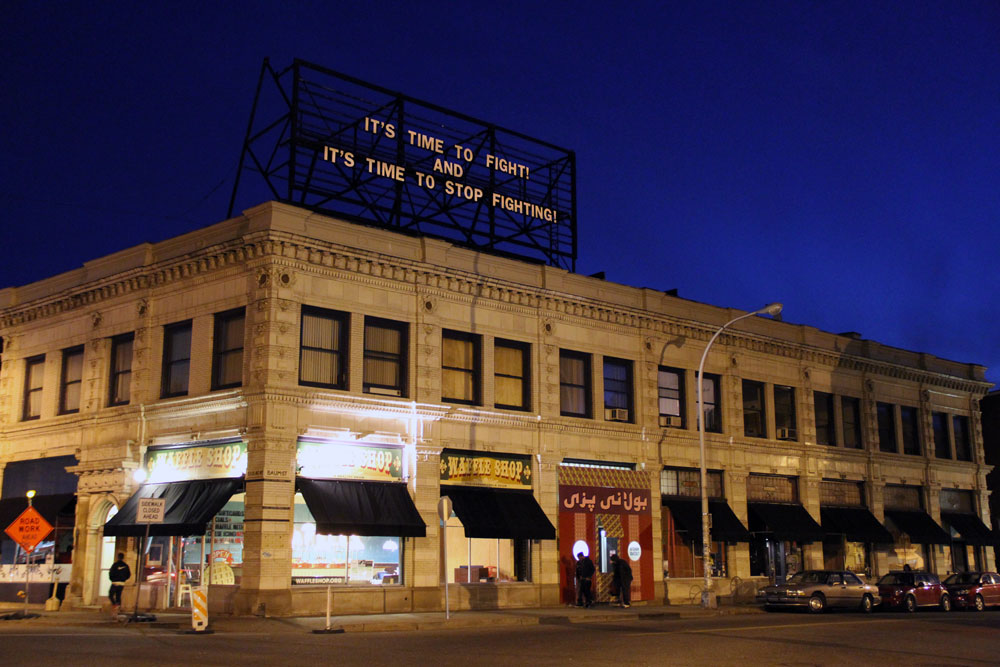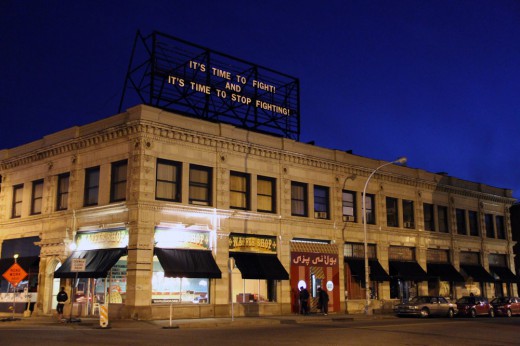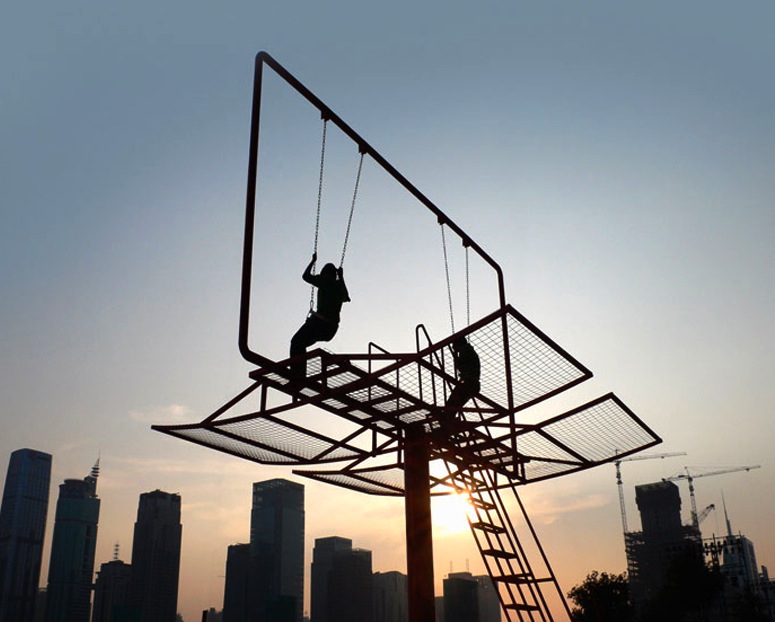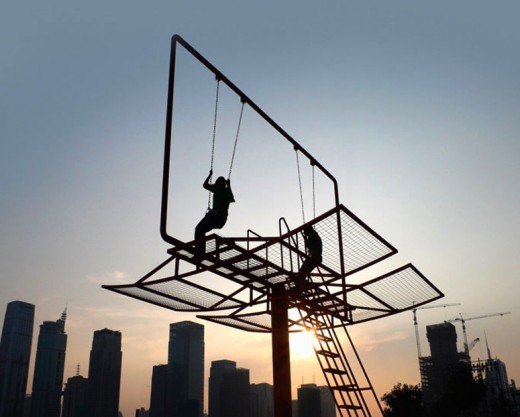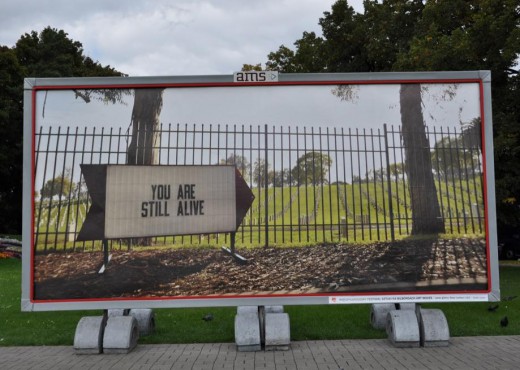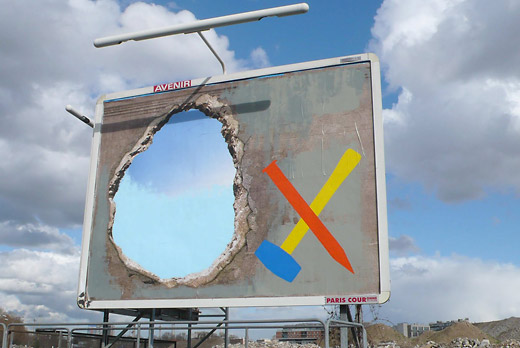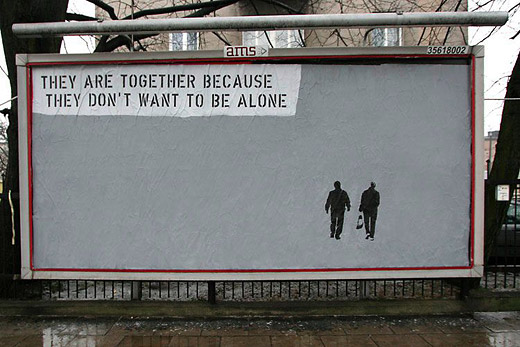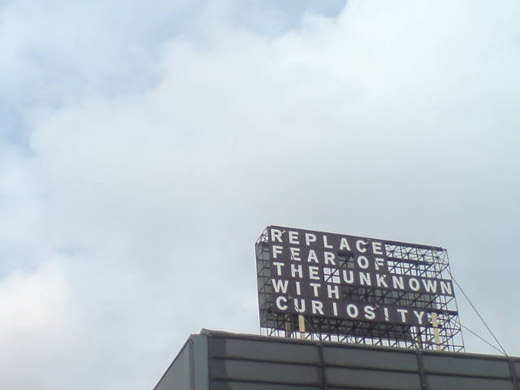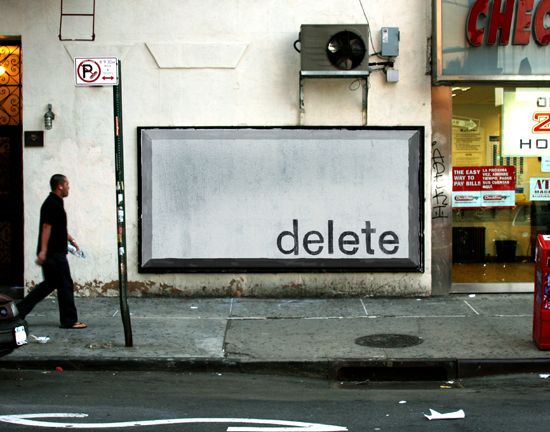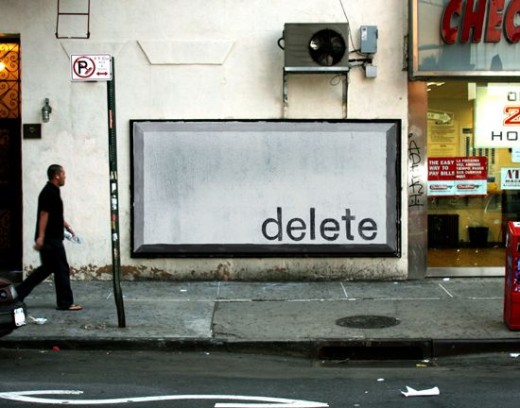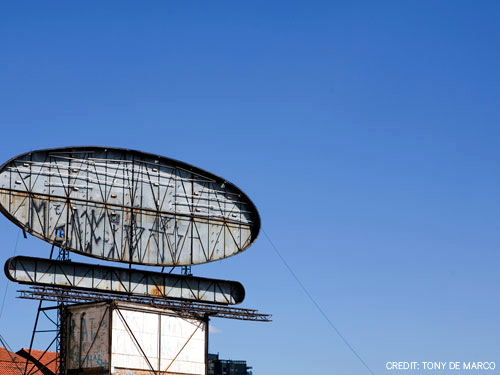
From Text-In-Transit to …And Then The City, we’ve spent a lot of time researching ways in which we can subvert some of the advertising spaces in Windsor, but what if we were to just eliminate all of the advertisements entirely?
In January of this year, the mayor of Sao Paolo, Brazil decided to ban all the 8,000+ advertisements in the city in order to “rid the city of visual clutter.” I’d be interesting to see how this changes a person’s behaviour or the city’s culture and personality.
What do you think? Would you be able to live in a city completely empty of commercial advertising? What if this happened in Windsor? How would your re-think all of the empty spaces?
Via: DesignVerb
